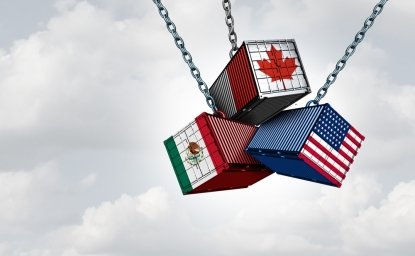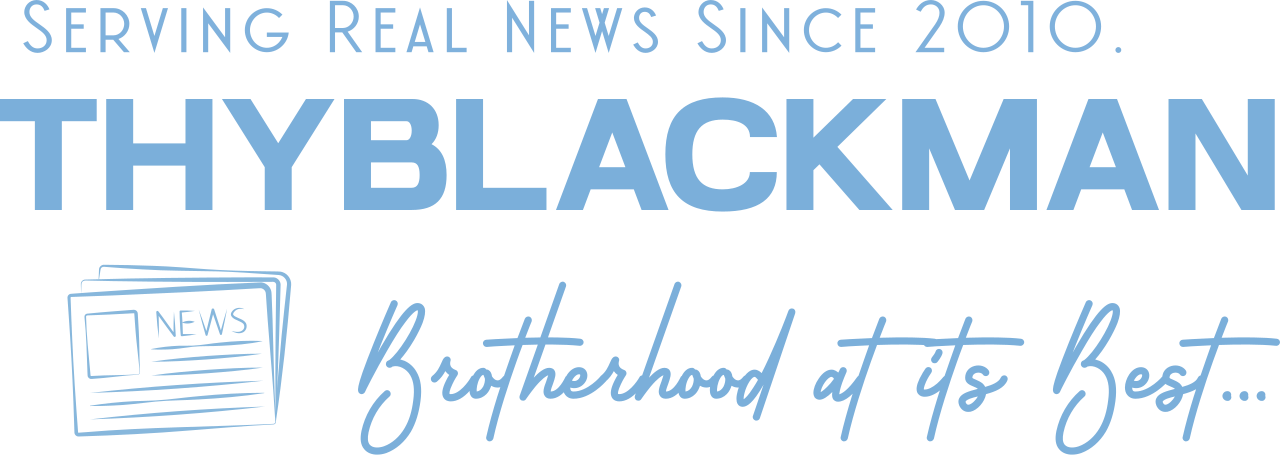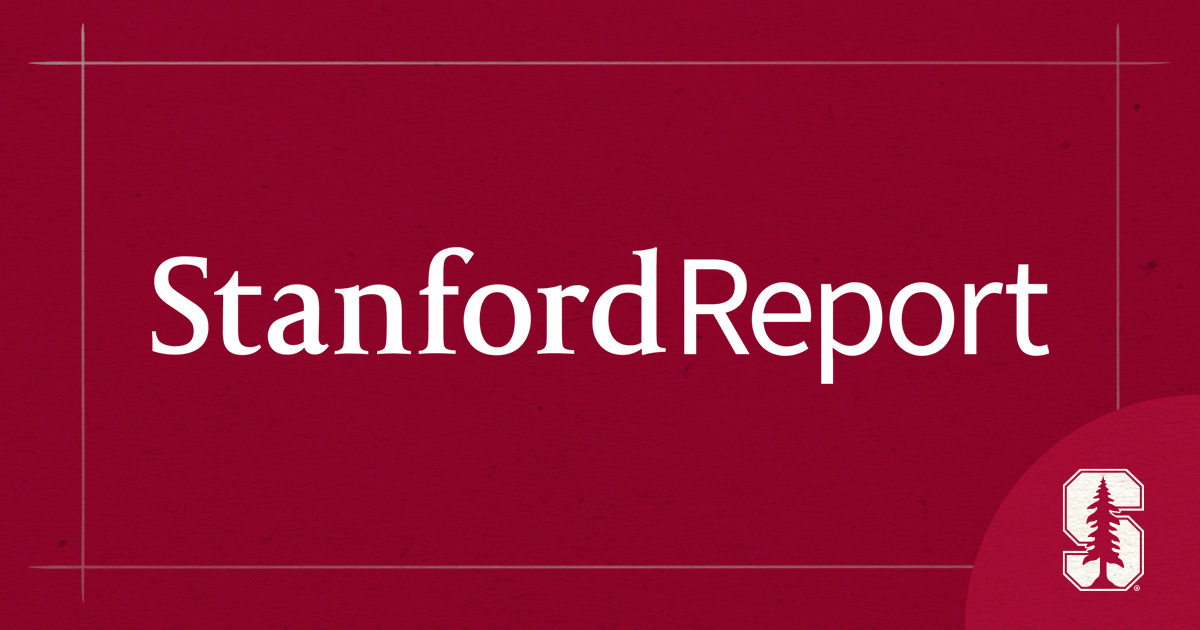(ThyBlackMan.com) In high school, in my U.S. History classes (which we were required to take each year from 10th to 12th grade), three major topics seemed to dominate coverage in the subject: wars, slavery, and taxes and tariffs.
I would contribute my interest in studying history to my classes on Tennessee History and U.S. History equally. I consider I know more about war than I may ever need to. I was taught about the Revolutionary War, the First and Second Barbary Wars, the War of 1812, the Spanish-American War, the Mexican-American War, The Civil War, the Boxer Rebellion, World Wars I and II, the Korean War, the Vietnam War, and even the Banana Wars. We learned about them all (I know I missed some).

We also learned about tariffs. A tariff is a tax or duty imposed by a government on imported or, less commonly, exported goods. Until the early 1900s, except during the Civil War and when Lincoln floated the Greenback, there was no income tax in America. Tariffs were the main means of revenue generation for our nation during this time. They were used to produce income for the government by taxing goods entering or leaving the country. This was particularly important in the early United States because income taxes did not yet exist.
George Washington (1789–1797) signed the Tariff Act of 1789, one of the first major laws passed by Congress. It was designed to generate revenue for the federal government and protect emerging American industries from foreign competition. These tariffs primarily targeted British goods and helped establish the federal government’s financial foundation. John Adams (1797–1801) largely continued Washington’s tariff policies without significant changes. Likewise, Thomas Jefferson (1801–1809) reduced government expenditures and relied on tariffs as the primary source of federal revenue. He maintained existing tariffs but promoted a more agrarian economy, favoring free trade in principle. While not a tariff, he signed into law the Embargo Act of 1807, which stopped trade with foreign nations, severely impacting tariff revenue and the economy.
James Madison (1809–1817) initially favored free trade but supported tariffs during the War of 1812 to protect American industries. This war exposed the vulnerability of the U.S. economy, leading to calls for more protective tariffs to reduce dependence on foreign goods.
The Tariff of 1824, which increased duties on imported goods, including textiles and iron, was implemented during the administration of James Monroe (1817–1825). The tariffs were aimed at protecting American manufacturers and stimulating industrial growth. Similarly, John Quincy Adams (1825–1829) supported high tariffs to promote industrial development.
Sometimes tariffs can have an opposite impact. The Tariff of 1828 (also called the “Tariff of Abominations”) was passed under his administration, significantly raising rates. This action angered Southern states, which relied on imported goods and agricultural exports, sowing seeds of sectional tension. The Tariff of 1828 was inherited by Andrew Jackson (1829–1837). Jackson signed the Tariff of 1832 into law to reduce rates slightly but failed to satisfy Southern opposition. Under John C. Calhoun, South Carolina declared the tariffs null and void, leading to a standoff. Jackson, eventually compromised with the Tariff of 1833, which gradually reduced tariffs.
Existing tariff policies were largely maintained by Martin Van Buren (1837–1841) and continued to be a source of revenue but were less of a priority due to the economic crisis of 1837 Although he was in opposition to tariffs, John Tyler (1841–1845) signed the Tariff of 1842, which reinstated higher rates after the Compromise Tariff of 1833 (Jackson) had reduced them. The tariff aimed to increase revenue during an economic downturn.
Benjamin Harrison (1889-1893) implemented the McKinley Tariff in 1890 which raised tariffs to an all-time high, protecting American industries but it resulted in voter backlash. William McKinley (1897-1901) went even further with the Dingley Tariff (1897), which raised rates again, replacing the Wilson-Gorman Tariff. McKinley also signed the Gold Standard Act into law in 1900, to strengthened U.S. monetary policy, indirectly affecting trade and tariffs.
I am just saying that tariffs can benefit domestic producers by reducing competition from cheaper imported goods. However, they can result in higher prices for imported goods, reducing consumer choice and increasing costs. But this is unlikely since in free market economies choice remains and individual consumers will likely select similar but cheaper products.
By making imported goods more expensive, tariffs encourage consumers to buy domestically produced products. This helps protect local businesses and industries from foreign competition. Moreover, tariffs can be used as tools in trade wars or to influence other nations’ economic policies. There are various types of tariffs but I will not get into that.
To be fair and objective, there are some who suggest that the problem with having tariffs is that it adds to the cost of the manufactured products in the US, hence products become more expensive to manufacture and less competitive in the market. They admit that the government will make a revenue, but suggest that it will come with a financial cost and a loss in competitiveness.
Others claim that tariffs are a consumption tax on the American consumer. Not only does it raise prices, but it slows consumption. Tariffs on goods like cheap Chinese furniture are a great way to redirect to American-made, but otherwise, they say you will end up just taxing citizens.
I disagree with these assertions. Using coffee as an example, if tariffs were placed on Columbia, other coffee export nations would fill the void. As of 2023, the top ten coffee exporters to the United States by export value indicated that Colombia was fifth behind Brazil ($7.35 billion), Switzerland ($3.64 billion), Germany ($3.41 billion), and Vietnam ($3.38 billion). There will be other coffee-producing nations to replace the presence of Colombia like Jamaica, Ethiopia, Kenya, Costa Rica, Italy, and Honduras.
I am all in favor of going back to tariffs to fund the federal government. Either use them for leverage or cash flow. Increased tariffs reduce trade deficit, increase treasury revenue, decrease inflation, and increase savings. Tariffs are not the same as a sales tax that is added onto the cost for goods purchased. Tariffs will drive competition, just like prices in a free market. Countries will be fighting to compete and gain favor for lower tariffs to get market share over other countries. Done properly, this could lead to huge revenues and price reductions.
No taxes and just tariffs would be great for America. They would make it less expensive to make things in America. This would provide jobs. Tariffs will help to cut taxes but also are a long-term play. Americans may not have the patience to stomach the short-term pain of tariffs before the good results of tariffs down the road. If I had it my way, the federal government would get 100% of its revenue from tariffs and close the IRS immediately. In addition, I would consider and include placing tariffs on American companies that outsource jobs to countries like India and the Philippines. There is precedence for placing tariffs on U.S. corporations ( See Lincoln and the Morrill Tariff (1861).
From Lincoln to Garfield, U.S. tariff policy was largely protectionist, aimed at strengthening American industry, raising government revenue, and supporting post-Civil War economic recovery. Tariffs remained high, benefiting Northern manufacturers but often opposed by Southern and Western farmers who wanted lower duties on imports.
From 1861 to 1890s, high tariffs dominated as the source of federal government revenue under Republican-led protectionism economic policy. Today’s push against tariffs is no different than the Debates over tariff reform that occurred between 1890 to 1913, in which Democrats pushed for lower rates. Tariffs would eventually, via progressive democrat policies, become less used, until the period from 1913 to 1917 when the Underwood Tariff and federal income tax became law.
The moral of the story is that you deal with the cards you are given: practical bargaining. Countries have gotten so used to throwing their human trash over our United States of America fence, that they recoil at us throwing it back onto them.
Staff Writer; Torrance T. Stephens
You can follow this brother over at; Daily Thought Crime. Can also purchase any of his books over at; Amazon – TTS Books.

















Leave a Reply